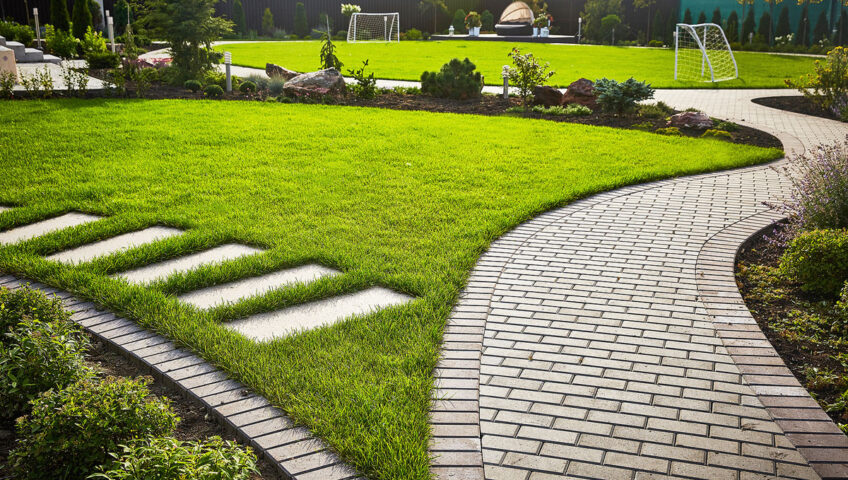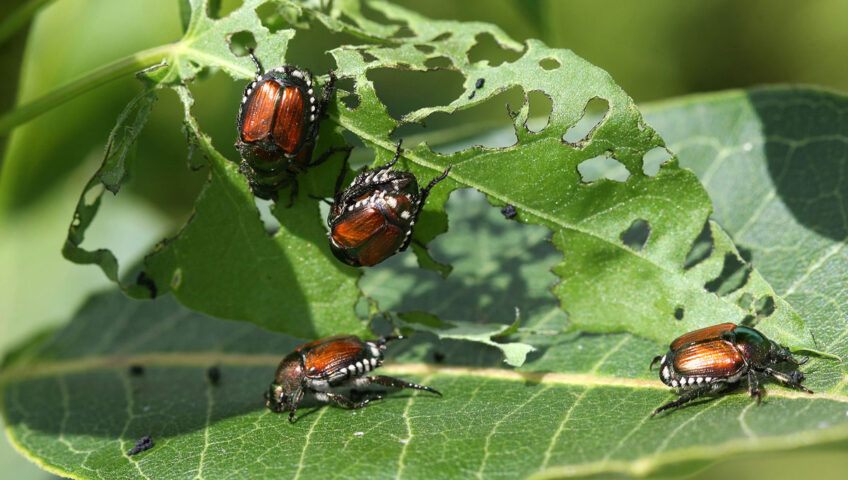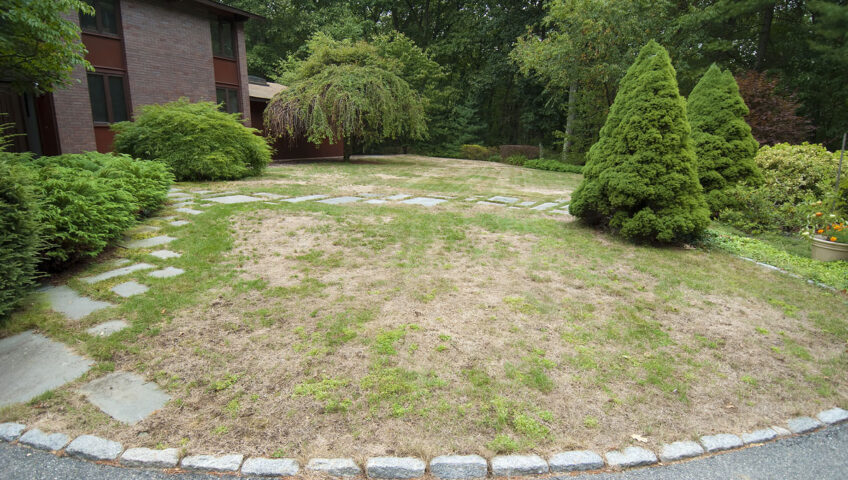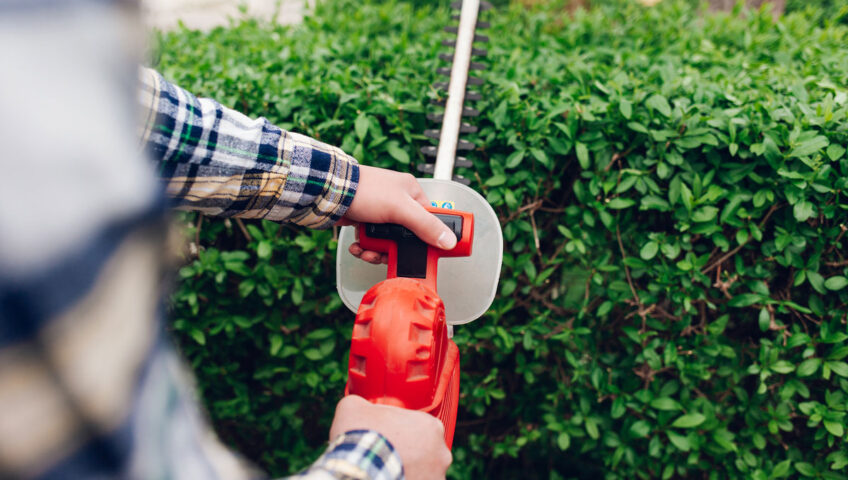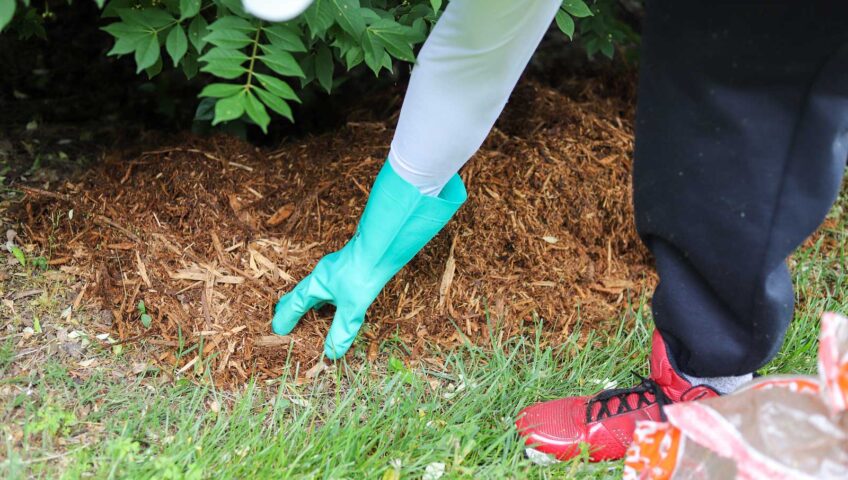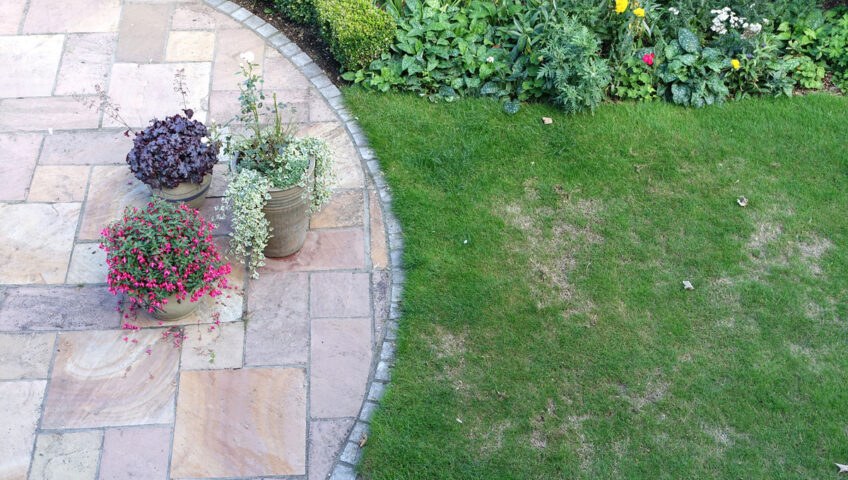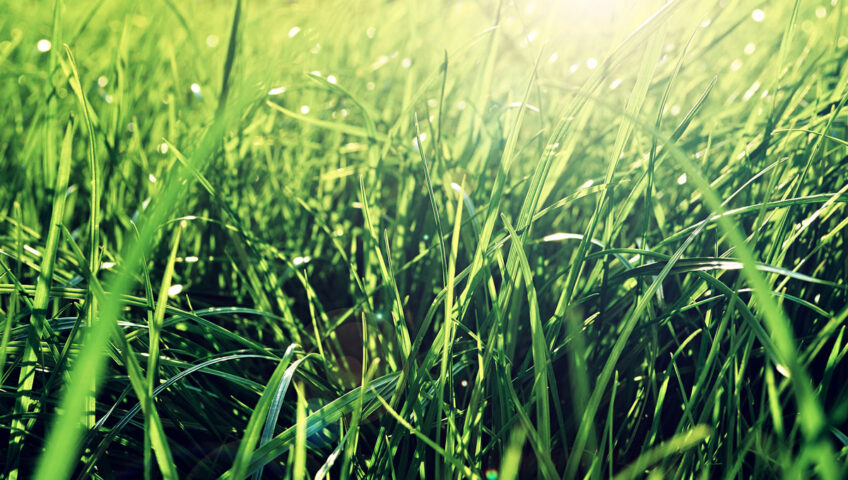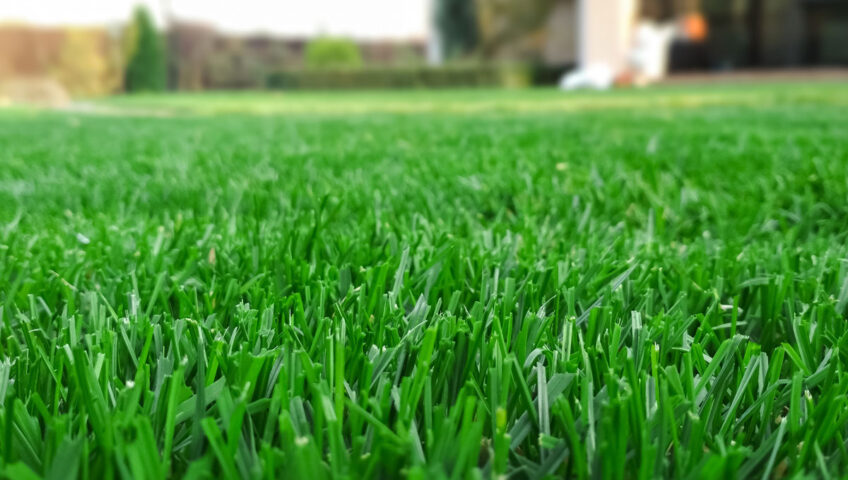It’s the time of the year where we here at Liberty Lawn start thinking about late summer and fall lawn maintenance. There are a few different turf issues you should be on the lookout for, as well as some maintenance tasks that should be scheduled soon.
Gray Leaf Spot in Turf
This disease primarily affects perennial ryegrass and tall fescue. Kentucky bluegrass is resistant. High heat and humidity help this disease develop rapidly. Symptoms start as small, water-soaked lesions, progressing to leaf death. As leaves die, they twist and develop a Shepherd’s hook appearance. Disease in mixed grass stands look sparse as leaves die, and can often be confused with wilt or heat stress. Gray leaf spot is most severe in highly fertilized turf, or those stressed by environmental factors (soil compaction, drought, etc.) Leaf wetness favors infection, so irrigation should be done in the morning to allow grass leaf blades to dry before evening. Strobilurin fungicides and thiophanate-methyl provide the most effective control.
Dollar Spot in Turf
This is a minor disease for most home lawns. To identify dollar spot, symptoms appear as four to six-inch, straw-colored patches of blighted turf. A bleached lesion in the shape of an hour glass is present on the leaf blade. The lesion has a characteristic reddish-brown margin. In early, dewy mornings, a cobweb-like mycelium is visible in the affected area. Applications of a lawn fungicide will be needed to control this disease.
Winter Annual Weed Control
It’s time to start applying pre-emergent herbicide to control winter annuals in lawns. Common winter annuals include little barley, henbit and corn speedwell. Winter annuals germinate in fall, survive the winter, then grow, bloom, go to seed and die the following spring/summer. Maintaining a dense turf and tall mowing height to help lawns shade out and compete with weeds, along with the use of a herbicide applied in early-mid September provides the most effective control.
Lawn Renovation & Overseeding
LATE AUGUST TO MID-SEPTEMBER
Late August to mid-September is the time to start thinking about lawn renovation and overseeding for cool season grasses, including Kentucky bluegrass and tall fescue. Now is the time to prepare the seed areas, whether doing a complete renovation or over seeding. When purchasing seed, buy from a reputable retailer and look for blue tag certified seed to avoid planting a problem.
As always, we are here to help you with any turf and lawn questions you may have. Give us a call anytime!
LibertyLawn@gmail.com / 402.423.0061
3810 Cornhusker Hwy, Lincoln, NE 68504 / PO Box 29442. Lincoln, NE 68529

